When you're fed up with that unsightly camera bump jutting out from your phone's back, what if you could simply swap it for something better? The H-One Pro concept device introduces a fascinating approach to smartphone modularity, featuring what designer Mechanical Pixel describes as a minimalist modular system with just one swappable section. Unlike Google's abandoned Project Ara with its multiple modular components, this design focuses on a single rectangular section that can house various interchangeable modules. Meanwhile, real-world prototypes from companies like Xiaomi are pushing modular camera technology from concept to reality, with demonstrated systems at MWC 2025 showing genuine promise for transforming smartphone photography.
Here is the short version. Modular phones are edging from sketchbook fantasy to something you could actually use, prototypes are landing in people’s hands, and the ripple effect for mobile photography could be massive.
The road ahead: challenges and realistic timelines
There are hurdles, big ones. Cost and durability still bite.
Current production costs are too high for mass market viability, while the LaserLink connection points compromise water resistance. These are not minor issues, they hit essential features buyers expect. Water resistance is table stakes now, and price decides whether a breakthrough goes mainstream or stays niche.
The H-One Pro concept is realistic about limits. Its designer notes that the approach seems more realistic because it recognizes the technical constraints of modular devices. One swappable section, not a dozen, balances ambition with practicality.
Momentum is building anyway. Xiaomi has suggested this prototype could become reality "soon", a sign they think manufacturing roadblocks can be cleared. Public demos hint they are closer to shipping than typical concept teasers. A successful launch from a big player could inspire other manufacturers to explore modular designs, which usually means faster innovation and lower costs as competition kicks in.
There is room to grow the system over time. Other lenses could be developed, including 100mm or longer telephoto options, creating clear upgrade paths that help justify early adoption as prices drop and connections improve.
PRO TIP: Based on current development timelines and industry adoption patterns, expect first-generation modular smartphones in premium tiers within the next 2 to 3 years, with broader adoption if early versions land well.
It's worth remembering that both the H-One Pro and current prototypes remain concepts rather than commercial products. Still, the sprint from sketches to working prototypes with impressive results suggests the tech is maturing quickly. The question is not whether modular smartphones will arrive, it is how fast manufacturers can solve the remaining technical and economic knots to make them compelling for most people.
For those of us tired of camera bumps, planned obsolescence, and being locked into upgrade cycles we cannot control, the modular smartphone future points to more agency and longer device lifespans. The technology finally feels ready, now we wait to see if the market is too.




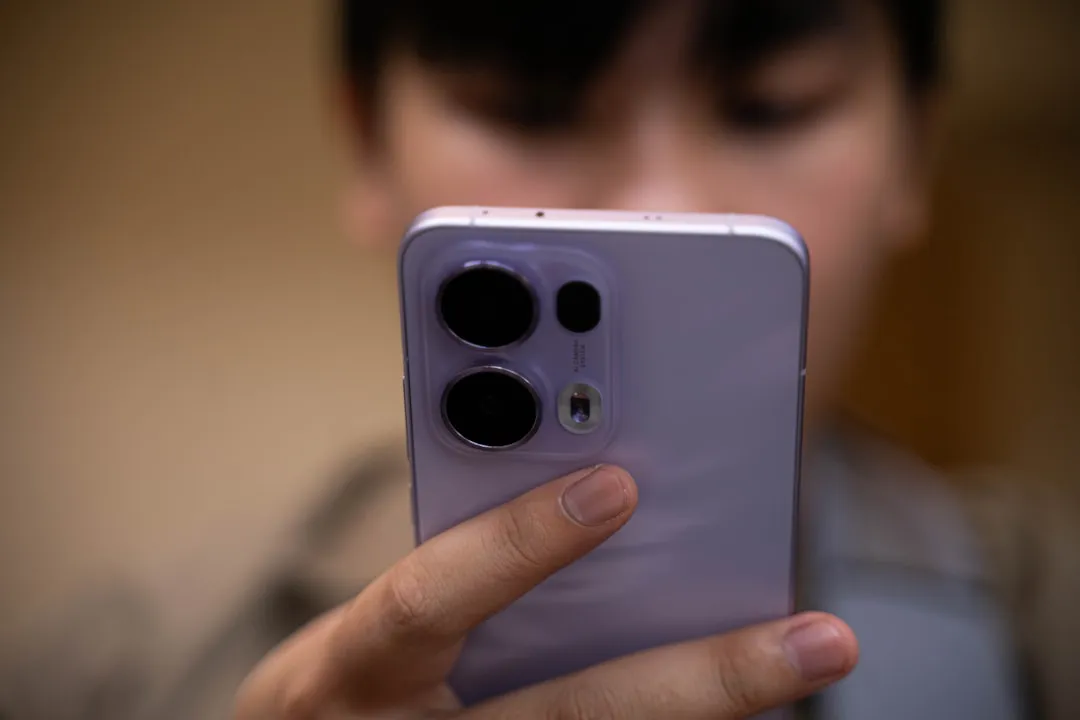



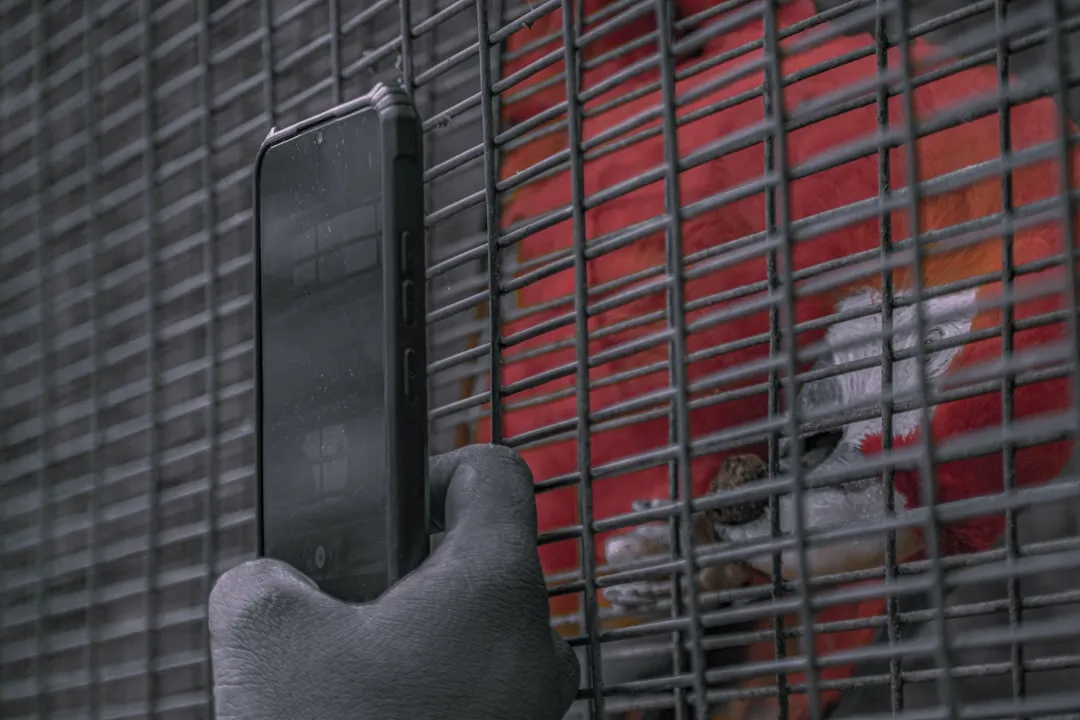

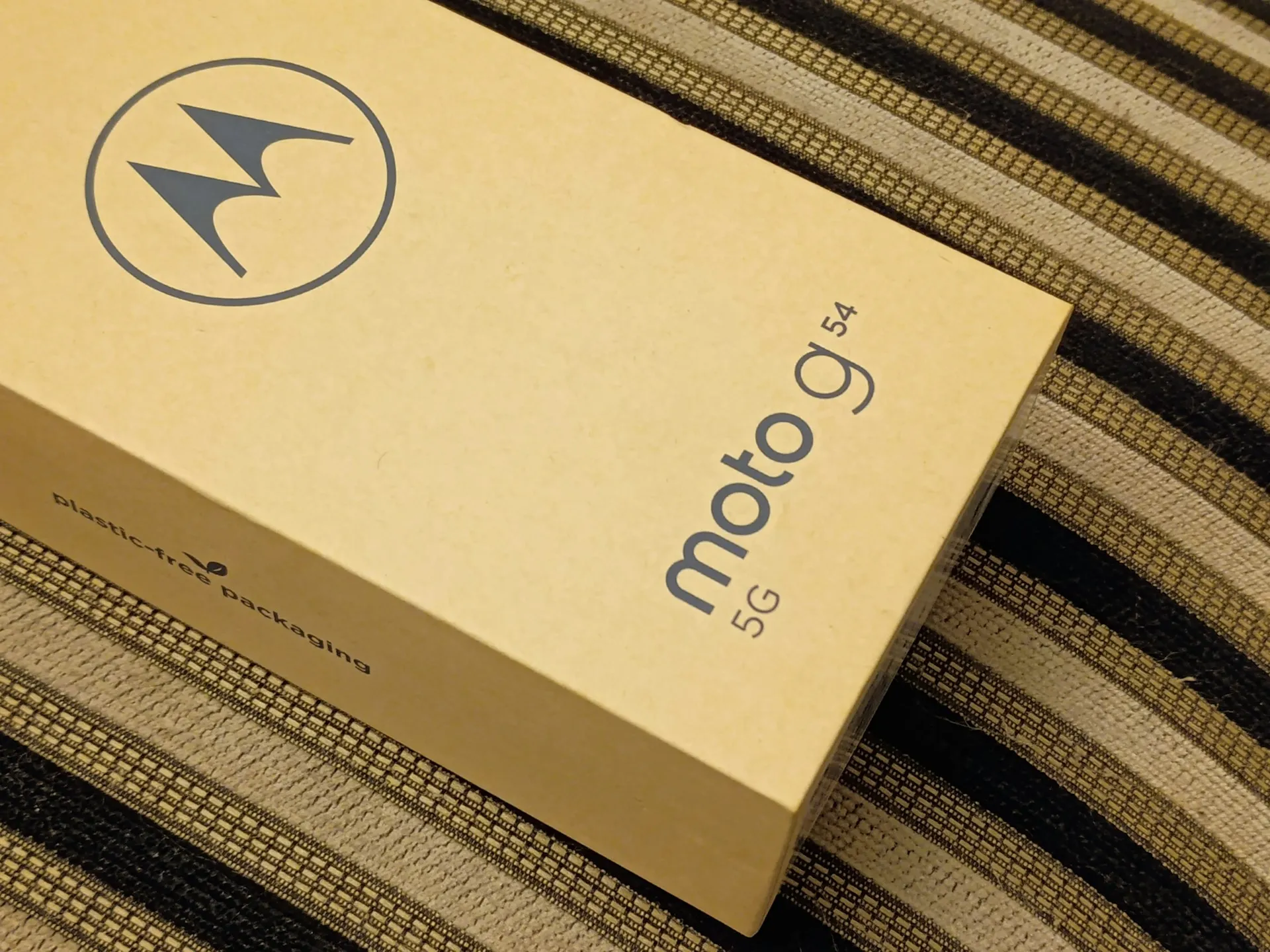

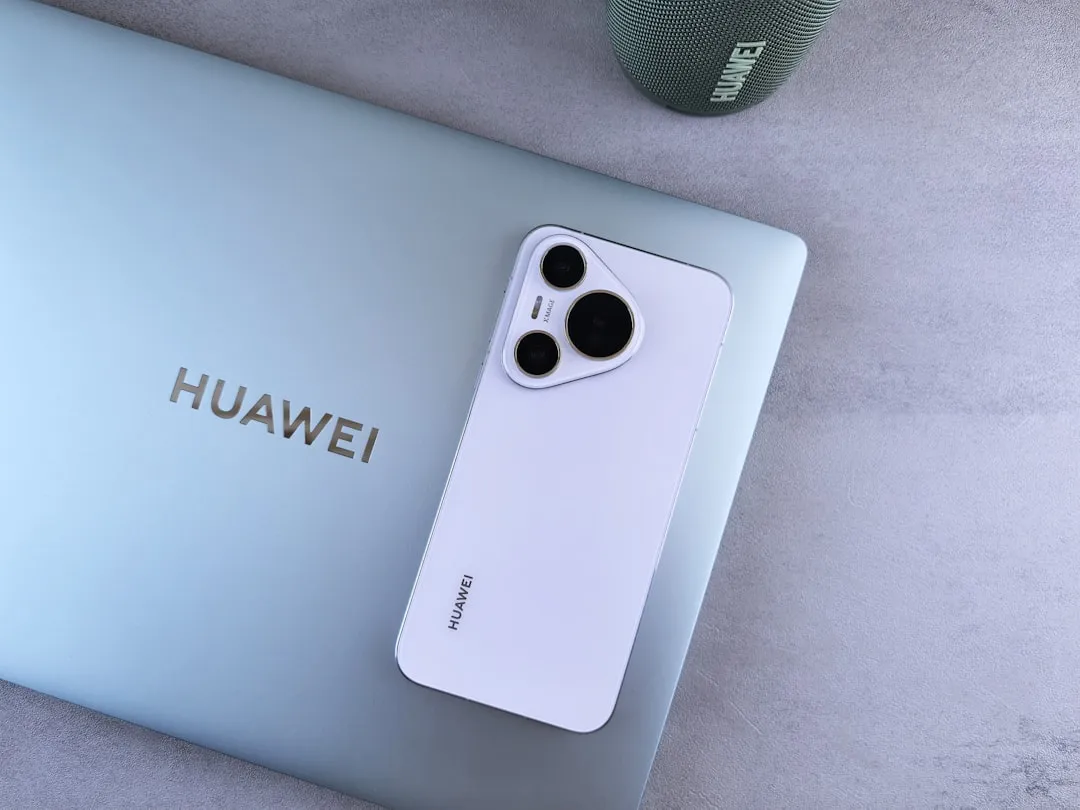
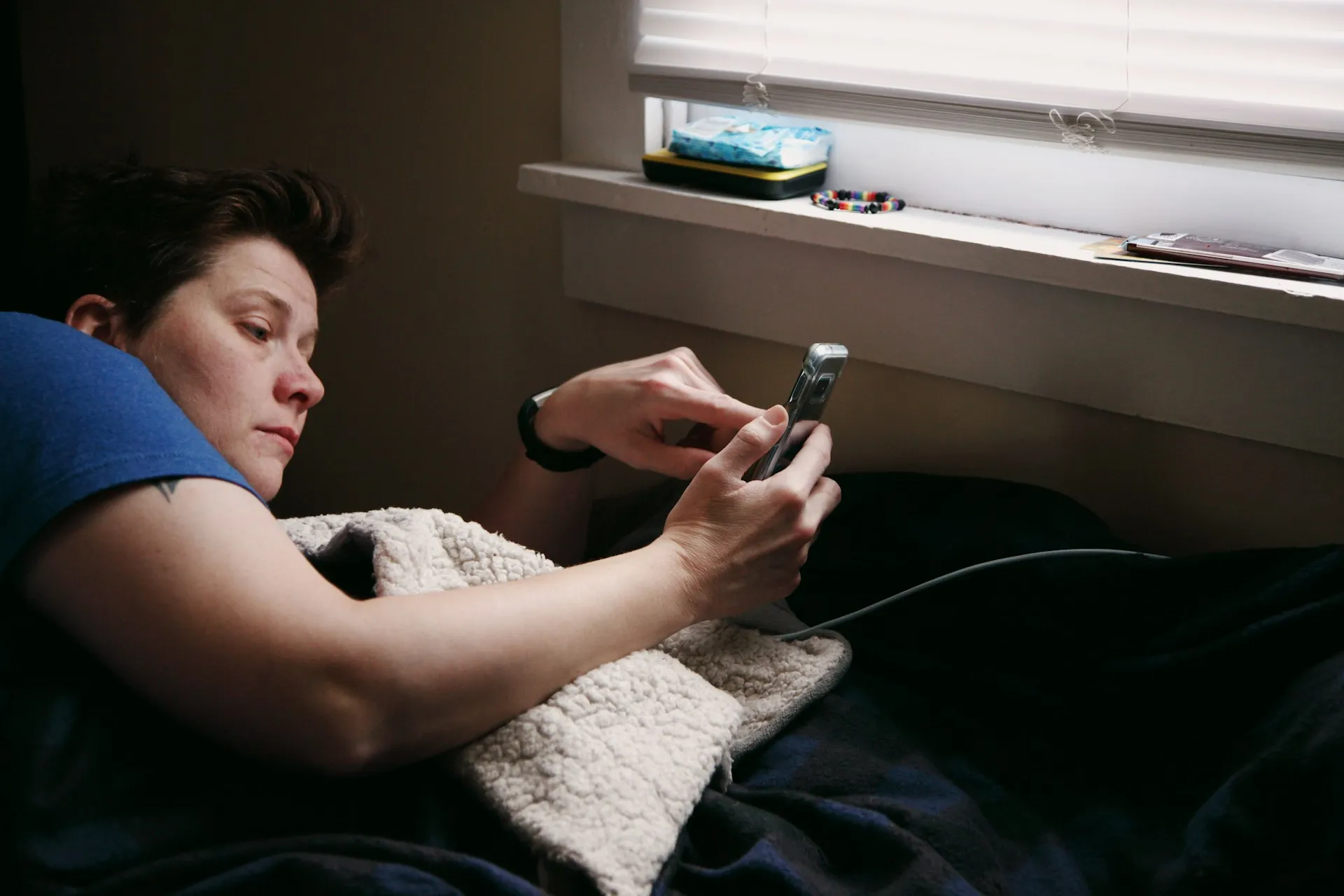
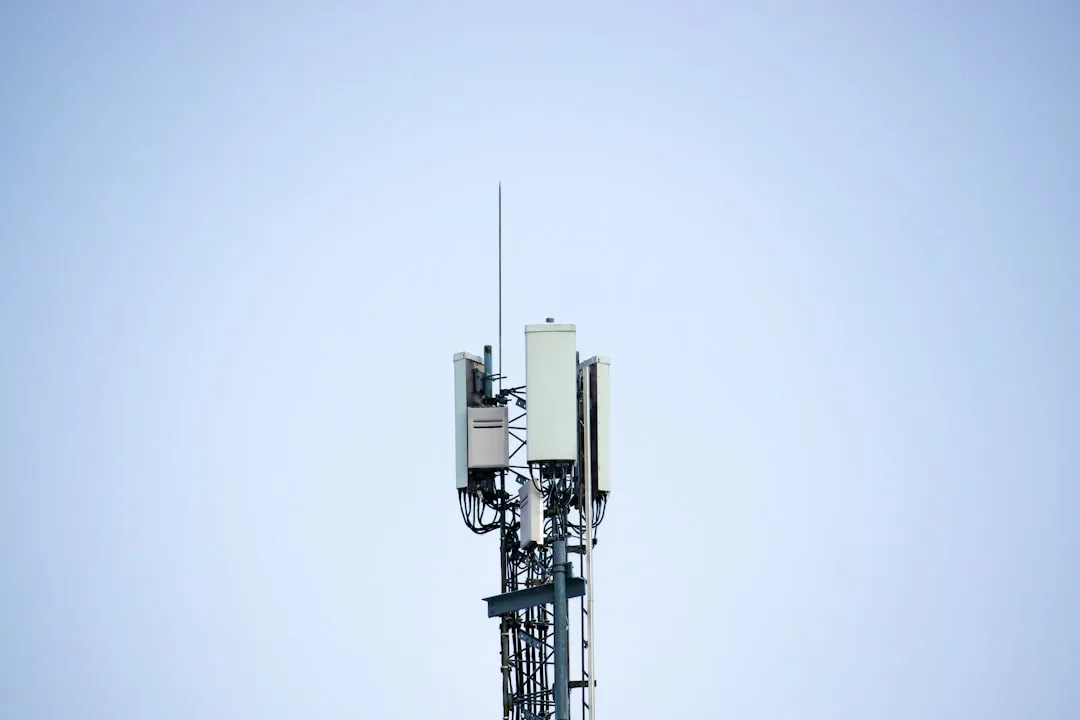
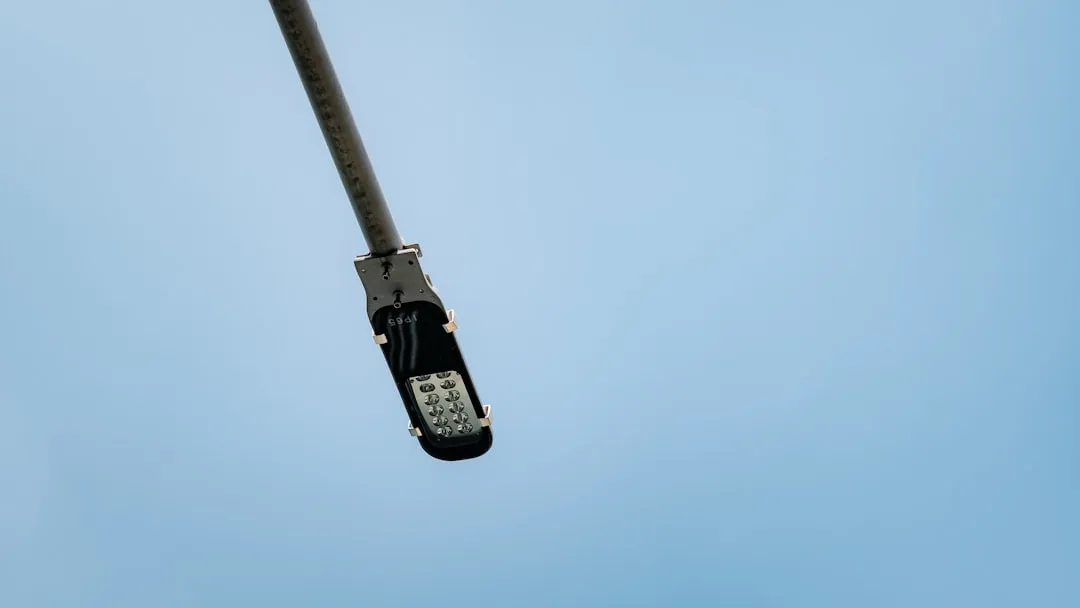

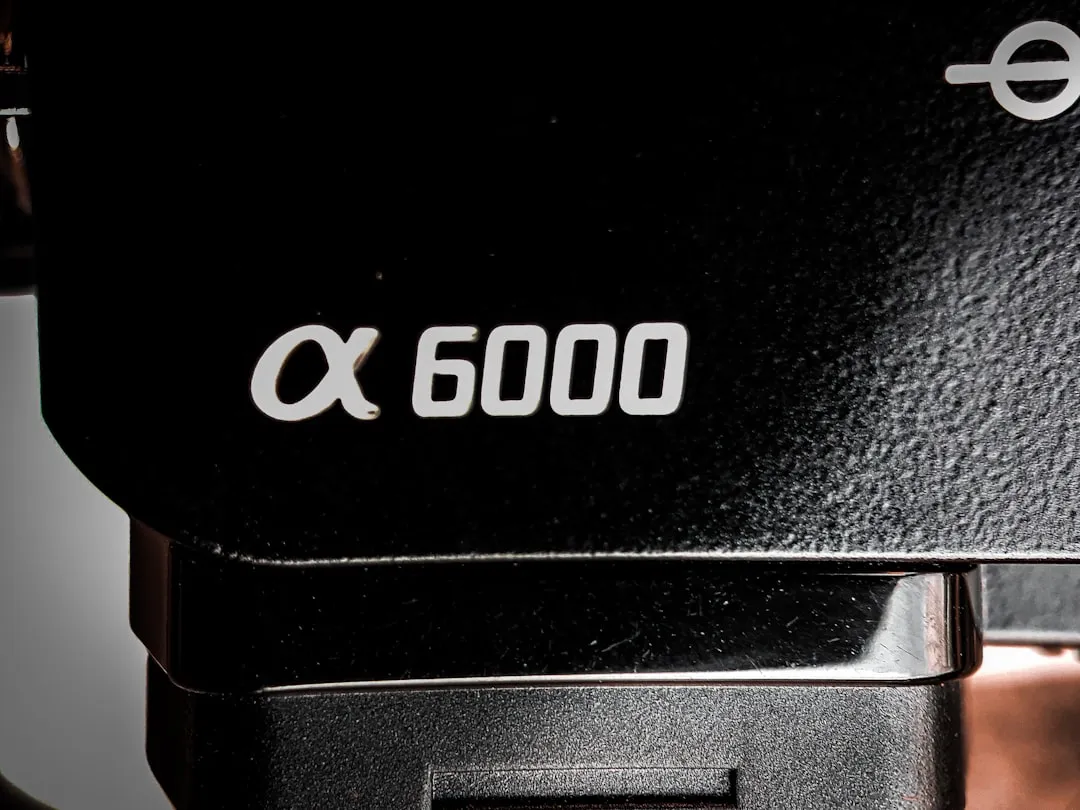


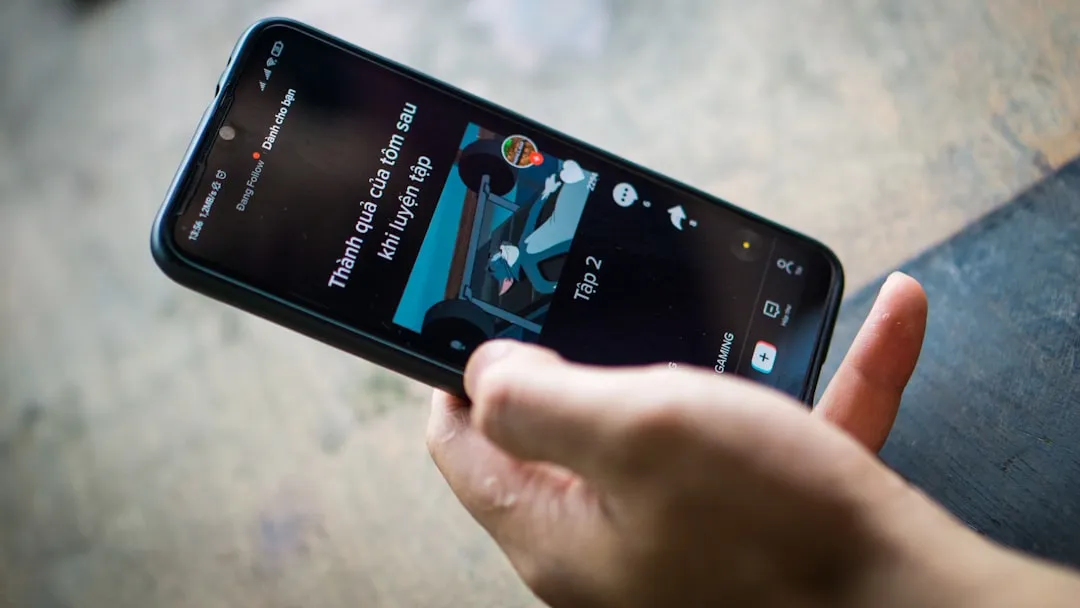


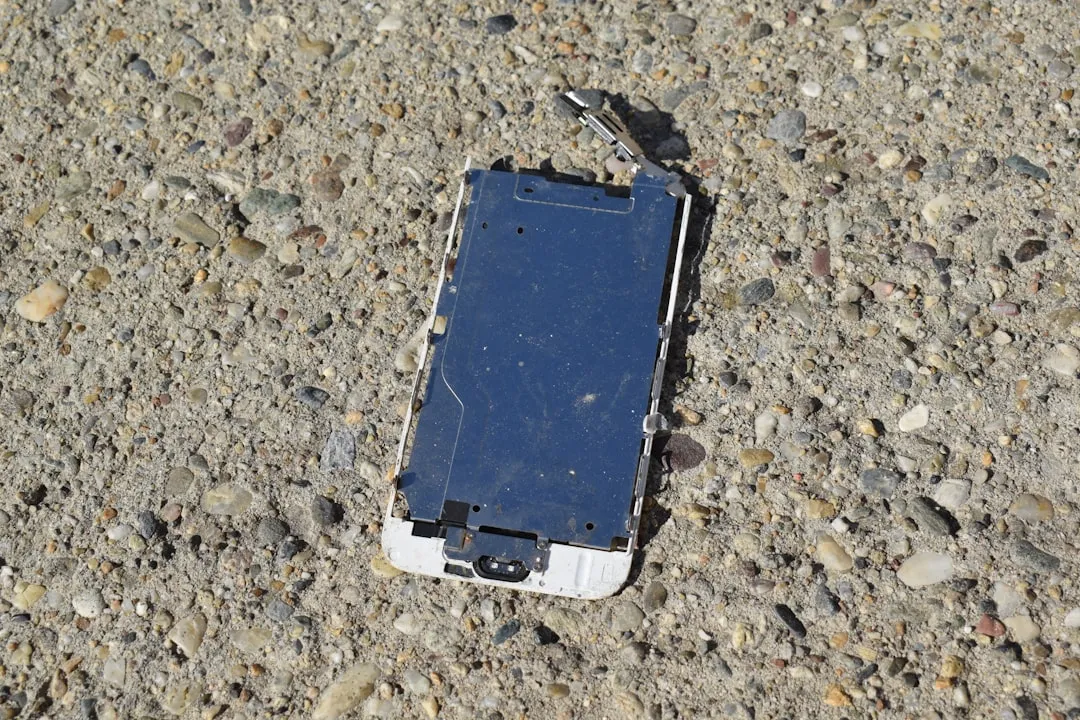
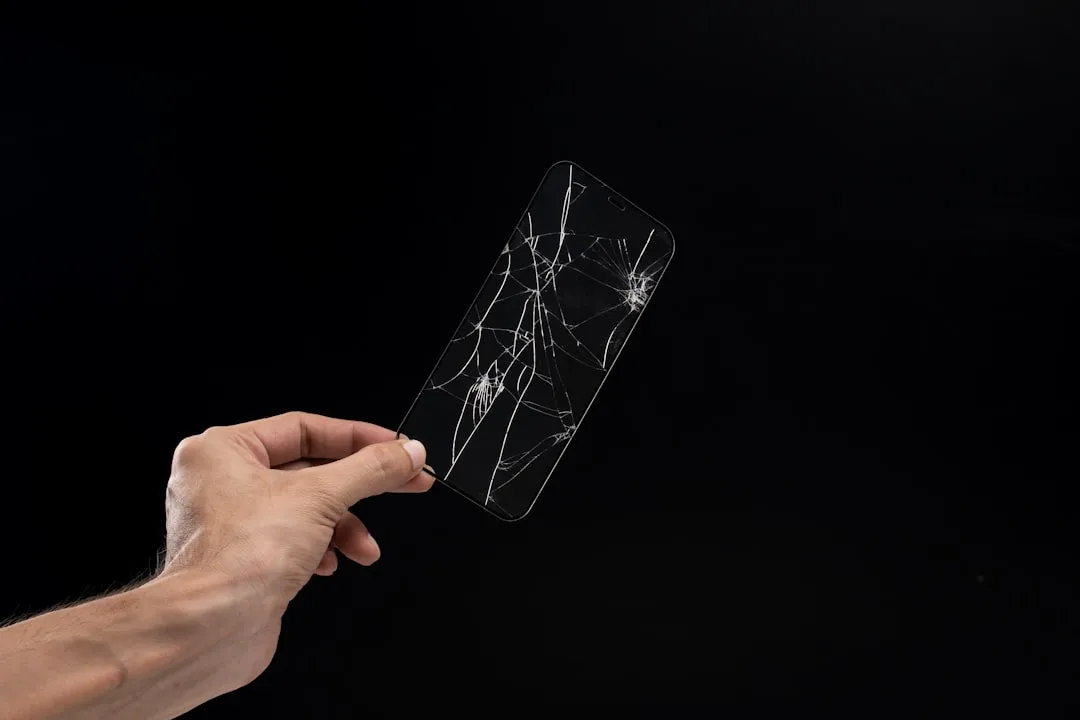
Comments
Be the first, drop a comment!